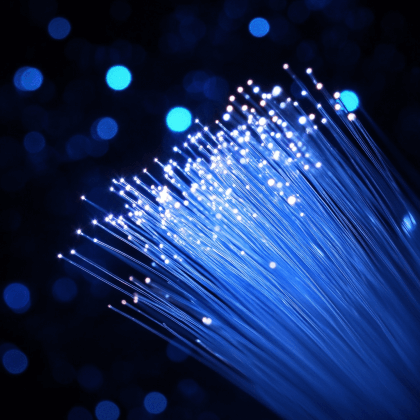
Fibre internet has rapidly become one of the most desirable forms of internet connectivity due to its high-speed capabilities and reliability. Understanding the installation process can help you prepare for setting up fibre internet in your home or office. This article delves into the step-by-step procedure of installing fibre optic internet, ensuring you’re well informed about what to expect during the process. This guide will provide the detailed information needed for those considering making the switch to fibre technology.
When fibre internet is being installed, it involves several phases that require precision and technical know-how. From planning the installation route to connecting the required equipment, each stage is crucial in ensuring optimal network performance. With this insight, by the end of the article, you will have a comprehensive understanding of how this complex but rewarding installation process unfolds.
Planning the Fibre Route
The first step in the installation of fibre internet is planning the route. This phase involves determining the most efficient path for laying the fibre cables from the main distribution point to your premises. Technicians will begin by assessing the location to identify the best route that minimizes disruptions and maximizes efficiency. This assessment often involves consulting locality maps and sometimes seeking necessary permissions if public land is involved.
It’s important during this step to consider any potential obstacles that could impact the laying of cables. This might include underground utilities, sidewalks, roads, or buildings. Such factors play a significant role in determining whether the cable will be laid underground or through poles overhead. Proper planning reduces potential service disruptions and ensures a quicker, smoother installation.
After a plan is in place, preparations can begin for the subsequent stages of the installation. Proper planning paves the way for a successful deployment of fibre, allowing for minimal invasive procedures when setting up the infrastructure for fibre connectivity.
Laying the Fibre Cable
Once the route is established, the next critical phase is laying the fibre cable. This involves either trenching for underground cables or using existing overhead utility poles. For underground installations, trenches are dug along the planned route where the fibre ducts will be housed. The fibre cable is then pulled through these ducts, ensuring protection and stability as the cable is laid.
For aerial installs, technicians will attach the fibre cables to existing utility poles that lead to the premises. This process generally takes less time compared to underground installations but may be subject to environmental factors such as storms or falling branches which can sometimes cause damage to the overhead lines.
In both cases, safety is paramount, and teams must ensure all installation activities comply with local regulations and safety standards. Careful handling during this stage is essential to prevent damage to the fibre cables, which could impact the quality and speed of the internet service.
Connecting to Your Premises
The final steps of installing fibre internet involve connecting the fibre cable to your premises and setting up the necessary equipment to facilitate internet access. This involves installing the Optical Network Terminal (ONT) on your property, which serves to convert the light signals transmitted via fibre optics into electronic signals that your devices can use.
Technicians will typically install the ONT inside your home or office near where the main terminal is located. From here, the ONT will link to your broadband router, which distributes the fibre internet connectivity throughout your home or office space. Depending on your setup, they may run internal cabling to ensure optimal network distribution in various parts of your premises.
This final stage is crucial as it not only ensures you are connected but also optimizes your internet experience by providing the groundwork for high-speed performance. With the ONT and router in place, you are ready to enjoy the benefits of a fibre-optic internet connection.
In Conclusion
The fibre internet installation process, although complex, is a straightforward journey when broken down into its main components: planning the route, laying the fibre cables, and connecting to your home or office. Each step is designed to ensure a seamless transition to high-speed internet, which offers unparalleled reliability and connectivity.
To embark on this journey toward superior internet service, consider exploring our fibre and wireless internet services. At ON Fibre, we are committed to providing excellent connectivity solutions tailored to your needs. Whether you’re interested in seamless fibre installations or reliable wireless options, our services are designed to meet your connectivity goals efficiently and effectively.
